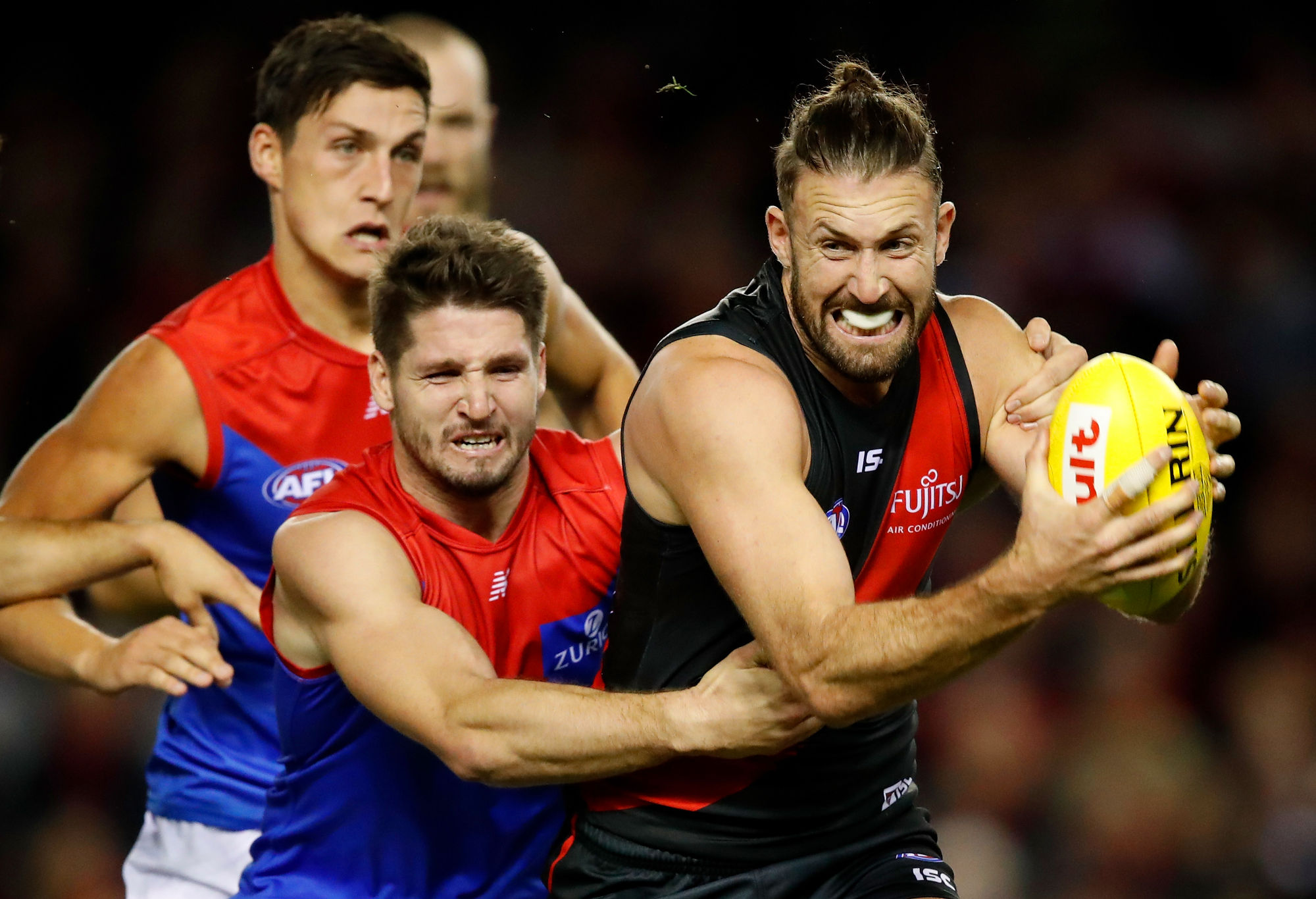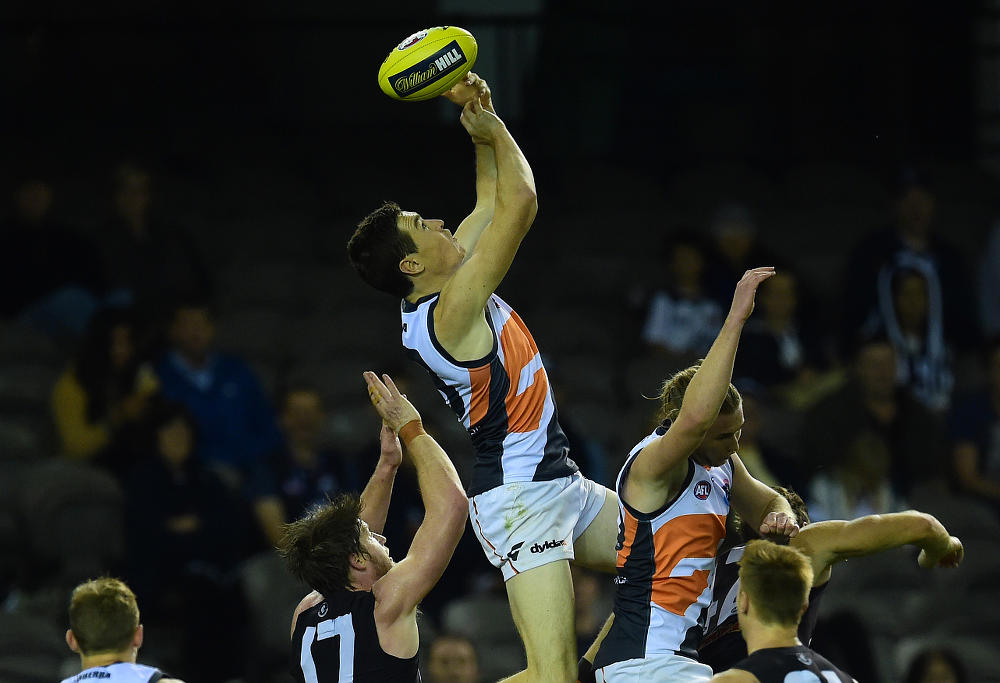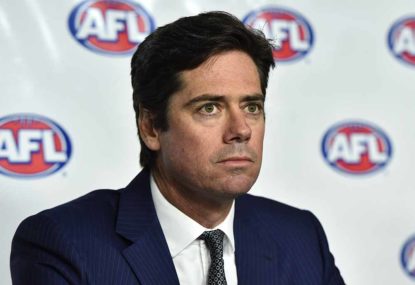Most credible football journalists agree: the AFL is going to change the rules this off season. The only question is how.
Jake Niall, the best Australian rules journalist in the game, wrote in the Sunday Age that the AFL is all-but certain to institute some form of change in the coming off season with the express intent of opening up the game on the field.
The league has come to the conclusion that change must happen, lest we all lose interest in a game that is aesthetically unappealing.
As the topic of the year, I’ve expressed my thoughts both in this column and in my Thursday slot. In Niall’s three “camps”, I sit somewhere between a Conservative and an Incrementalist.
I do not want the AFL to sit on its hands for the sake of it, but nor do I want to see radical changes made to a game in which the pace of its evolution quickens by the year.
In these bye rounds, with little to discuss beyond which teams might consider planning for next year (that comes Thursday), it is worth taking some time out to consider what some practical, incremental changes could be made. After all, if the AFL feels compelled to act, we all may as well have our own cards on the table.
Which as an aside might be a good position for everyone to take. Amongst the AFL’s various temporary committees set up to report to the standing Competition Committee is a fan-centric group.
The Roar sought clarification from the League on what this group may look like. We can reveal the group will meet in either late June or early July, ahead of the next meeting of the Competition Committee to be held before this year’s finals series.
The AFL is yet to determine how it will form the fan committee, with AFL spokesperson Patrick Keane suggesting the administration may either turn to its focus groups or set up a one-off group of fans.
Before this fan meeting, a committee of recently retired players will meet with the AFL’s game analysis group. They’ll follow on from the work of what I’ve been calling the Grumpy Old Man Committee, made up of long-term media types and members of the legend class of the Australian Football Hall of Fame. According to reports this group came up with no less than 35 ideas for consideration.
That’s a lot. But as these are net-casting exercises, and not places for decisions to be made, perhaps it is better to have as big a net as possible.
Gerard Whateley, of Crocmedia and Fox Footy fame, reported on AFL360 that only a handful of ideas had been endorsed for further consideration: expanding the size of the goal square, introducing starting positions at centre bounces, and reducing the interchange.
All others, according to Whateley, were found to violate one or more principles in the Charter of the Laws of the Game Committee – the document set up to safeguard the uniqueness of Australian football and save it from death by committee. Indeed.
These are all what one may consider to be incremental changes. But before we change a rule or two, how about we try enforcing those we already have?
As I wrote earlier on this year, as a first attempt to ease congestion, the AFL should attack the problem head on: start to pay more free kicks in said congestion. More free kicks are there to be paid. For holding the man without the ball. For incorrect disposal. For pushing in the back. For simply holding the ball.

(Photo by Adam Trafford/AFL Media)
The first order impact of this is clear: it stops a stoppage, and gives birth to a clear disposal. But the second order impact is perhaps more intriguing: it reduces the incentive for both teams to heave players at the ball carrier, because they know any false move will bring down the heavy hand of the law.
Alastair Clarkson is a proponent of this view; his thought carries more weight than any involved in the code full time. The incrementalist in me says this should be the starting point.
But from the words of others it will not be enough. The AFL will want to go further. It is here that I can draw on some previous material: the AFL should consider expanding the size of the goal square.
I first wrote of the expanded goal square in the 2015 season, around the time of the annual debate about congestion and the state of the game.
The idea is simple: expand the goal square to twice its length and three times its width, so it extends around 18 metres from the goal posts and spreads to cover the area immediately in front of the behind posts. All other rules regarding the goal square remain unchanged.
This has two benefits. It increases the incentive for teams to keep a forward or two deep at their end of the ground, with the knowledge that any kick from 70 metres could result in an automatic goal.
That helps stretch the ground out, the key to any change proposed. It also means a team taking a kick out does so with an extra nine metres to work with, opening up more angles and allowing for presses to be broken.
In this vein, the AFL may consider allowing any defensive mark taken inside the expanded goal square the same luxuries of a kick out as a means of breaking forward half presses.

(AAP image/Julian Smith)
And then there is the interchange, which may view as the panacea to the professional game’s challenge with congestion.
Australian rules had survived without any interchange bench from its codification through to 1978. And the current system of four players being available for interchange has only been around since 1998 – or just over one football generation.
Use of the bench is now capped at 90 changes a game. This will almost certainly go lower next year – the question is whether it could or should be gradually pared back and eventually eliminated.
A reduction to 60 would afford coaches and players the opportunity to use the bench to rest players. It works out to be around one change every two minutes, plus any changes made at quarter, half and three quarter time breaks.
Without any data to support this, I reckon 60 is the point where the bench moves from a business as usual means to give players a breather to a tactical weapon.
This is where the conservative in me arks up a tad: reducing the interchange cap is sure to have unintended consequences that must be explored before we go lower. Fiddling with the interchange is surely top of mind at AFL House.
Any further and we are stretching into radical territory, and I’m not quite ready to embrace my inner flower child. We can be sure these are being discussed, debated, deduced and drawn out at the AFL’s various committees and internal working groups though.
But for the sake of the game, here’s one piece of advice I can categorically offer to the league: don’t be hasty.































































































